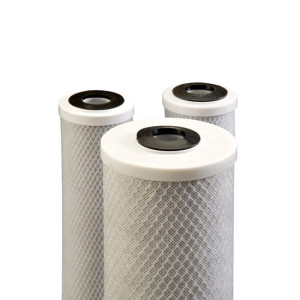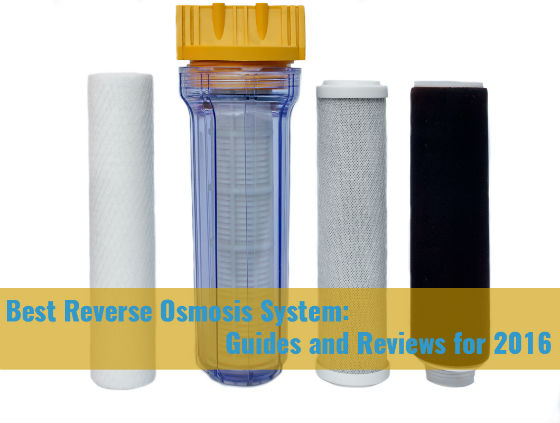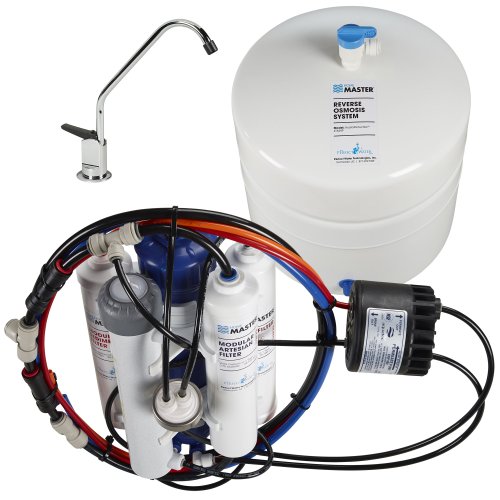
Source: Flickr.com
An RO system, or reverse osmosis system, is a 3 or 5 stage advanced filtration system that provides very high quality, well filtered water. Using the filtration system, lots of unhealthy contaminants are removed. Using an RO system can also remove any funny taste or smell from the water. These RO systems use ultraviolet ray to efficiently sanitize the water, while leaving the minerals you want in tact.
The 5 Stage RO system:
Reverse osmosis systems are used a lot in water filtration plants, but are there are also smaller sized systems being used more domestically as of late. The smaller systems being used domestically also use a 3 or 5 stage filtration process. In addition to the central reverse osmosis filter, pre and post filters are being used to produce clean and healthy drinking water. The domestic RO system can be a great investment, but requires proper monitoring, maintenance, and cleaning of the Reverse Osmosis Membrane and the filter cartridges.
How to Change the Filter Cartridges of Your RO System
You should change your filter cartridges every 6 to 9 months, and change the RO membrane every 2 years. The smaller domestic Reverse Osmosis systems are specifically designed so there is little need for maintenance and repair. With the instructions below, almost anyone can maintain one of these systems. These RO systems are basically ready out of the box. To change the filter cartridges in your Reverse Osmosis System, simply buy new cartridges (check the model number), then follow these steps:
- Shut off the water supply to your reverse osmosis system.
- Open the end faucet to release the pressure of the filtration unit, and let it sit for a few minutes
- Open the filter tanks by rotating them counterclockwise. You can usually do this by hand, but you may need a wrench
- Pull out the old filter cartridges carefully, while keeping the filter tanks upright (there is still water in them)
- It’s probably best to sanitize the filter tanks (at minimum, this should be done every 2 years)
- Carefully insert the new filter cartridges, but do not contaminate them with your hands.
- Take off all of the remaining filter tanks using the same procedure, while leaving the reverse osmosis membrane filter tank.
- Screw the filter tanks back in by rotating them clockwise.
- Before drinking the water, test the system first.



uLWcmPty